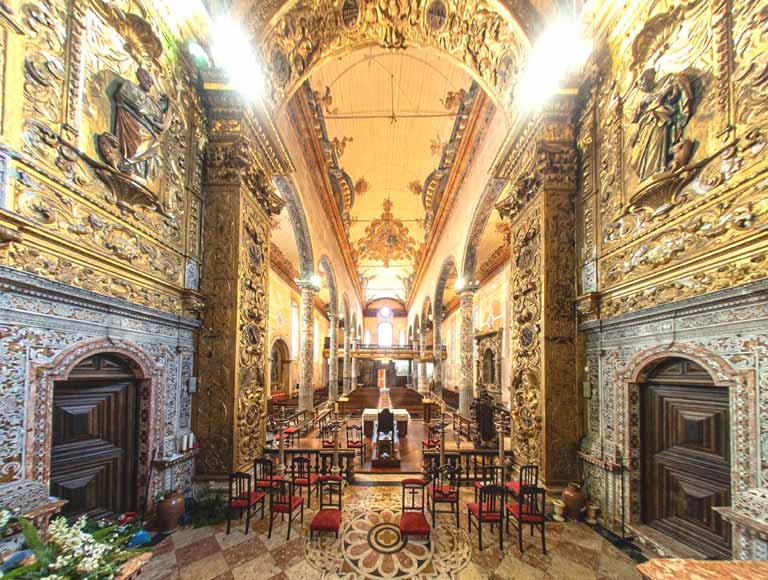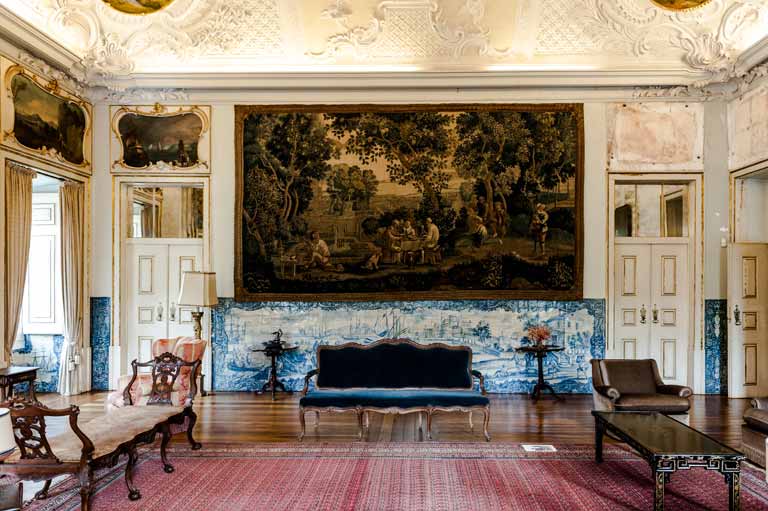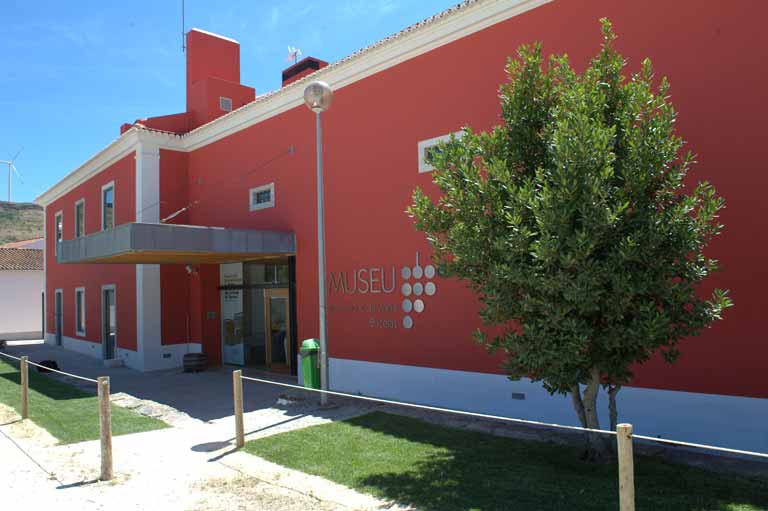BETWEEN THE RURAL SIGHTS AND THE MODERN AND MULTICULTURAL URBANISM, THE HISTORICAL PATRIMONY AND THE GASTRONOMY, THERE IS A LOT TO DISCOVER IN LOURES.
Its proximity to Lisbon and the fertility of its soils, the location by the Tejo River and a relaxed rural atmosphere have defined Loures evolution as well as that of the surrounding area, first as the rural annex to the Kingdom’s capital, and of the Republic after that. It presently encompasses the cities of Loures and Sacavém, two highly developed and populated urban centers, the first characterized by an intense rural and agricultural atmosphere and the second by an industrialized dynamism.
Let’s return to the origins: with a well maintained patrimony that goes back to the times of the roman occupation, Loures is already referred to as a boundary area in the charter granted in 1148 to the city of Lisbon by the first king of Portugal, D. Afonso Henriques. Its historical relevance starts building from this point on, as a site of refuge for the nobles, not far away from the capital, as well as a growing and sourcing zone for many agricultural and horticultural products.
MONUMENTS AND ARCHITECTURE
To be noted from among the buildings of religious character in the Loures Municipality, are the churches of Santa Maria de Loures (particularly the Baroque styled main chapel, with encrusted marbles and the gilded wood altarpiece), the Church of Saint James, the Greater (built in the sixteen century, with an interior decorated with seventeen century Portuguese azulejo tiles), the Church of Our Lady of the Purification (sixteen century, of gothic, renaissance and mannerist inspired architecture) and the Convent of Our Lady of the Martyrdoms, built during the sixteen century.
Since old times that many members of the well to do class have decided to build their farms and palaces in Loures, providing the locality with opulent structures. Some of Loures’ buildings of greater historical and touristic relevance are proof of that: the grandiose Postmaster’s Palace – dating back to the eighteen century, belonged to Luís Gomes Elvas da Matta, a personality during the kingdom of Philippe II; the Archbishops Palace – built in the seventeen hundreds to lodge King João V on his traveling’s to the Mafra hunting grounds – as well as the surrounding Monumental Plaza, a perfect example of Baroque influence in Portuguese architecture, integrating the Matriarchal Parish Church, the Monumental Fountain (among the most fine-looking ones in Portugal) and the Aqueduct; also to visit, the seventeen century “Quinta de São José”, property of the House of Bragança, or the “Quinta da Francelha”, also from the seventeen century.
ART AND CULTURE
But Loures provides a selection of dedicated cultural spaces that cover not only the historic and traditions aspects of the Municipality, but also extend to include contemporary artistic productions.
Bucelas Parish is already known for its wines, and the Wine and Vine Museum is proof of the history of this tradition. “Quinta do Conventinho”, built in the sixteen century, presently houses the Loures Municipal Museum, dedicated to expositions of historical, archeologic and ethnographic context. The Sacavém Ceramics Factory left a significant mark in the life of Sacavém since its opening in 1856, getting to a point in the beginning of the twentieth century when it employed practically the entire population. The historic memory of this industry did not disappear with the closing of the Factory, and hence, installed in a new building erected on the grounds of the extinct Factory, the Sacavém Ceramics Museum was born.
The contemporary artistic production has also a place of distinction among Loures cultural proposals: plastic arts meet with its public at the Vieira da Silva and Castelo de Pirescouxe municipal galleries, the first dedicated to anthological expositions of more reputed artists, while the latter is reserved to emerging talents.

Bordalo II , Vespa+Nomen+Utopia, Vhils
And since we mentioned ‘emerging’, urban art finds a super example at the GAP, the Public Art Gallery in Sacavém. In what is considered the largest street art display in Europe, it gathers more than one hundred works from both Portuguese and international artists of renown, including names such as Bordallo II, Vespa and Vhils. GAP managed to, not only rehabilitate the image of a neighborhood, but turn it into an exemplar reference of vitality for this form of artistic expression.
NATURE AND OPEN AIR
As for Nature and outdoor lovers, the close proximity to the Tejo River and the wide tree covered areas that compose most of Loures landscape are perfect settings for a variety of activities. The Cabeço de Montachique Municipal Park is an 80-acres wide leisure space, equipped with a sport and social center, four tennis courts, exercise circuit and a picnic area, sought for its greenery and pure air. Quinta dos Remédios, an eighteen century manor house and property devoted for three centuries to agricultural production, is now a public park with a large olive grove and long paths with commanding views of the River.
GASTRONOMY AND WINES
At last, but not least, Loures Municipality is very proud to include within its boundaries one of the most reputed wine zones in Portugal, the Bucelas Denominated Region.
Several farms within this area are also now dedicated to enotourism (or wine tourism) and are glad to share and reveal all the details of wine making, including visits to the vines, to the cellars and to the wine vaults; they can also propose tasting sessions, lunches, dinners and even lodging. And as a show of their rural roots, Loures gastronomy is composed by hearty soups, stews, bean plates and home cooked comfort dishes, ready to be discovered in many restaurants that, without presumptions, honor the traditional Portuguese cooking ways. And since there is no local gastronomy without a selection of its sweetest delights, several local specialties can be found throughout the Municipality pastry shops, namely: the arrobes de arinto (a white wine grape jelly), the manjoeiros (milk pastries), the Loures’ pão-de-ló (sponge cake) and the arrepiados (almond cookies).
















